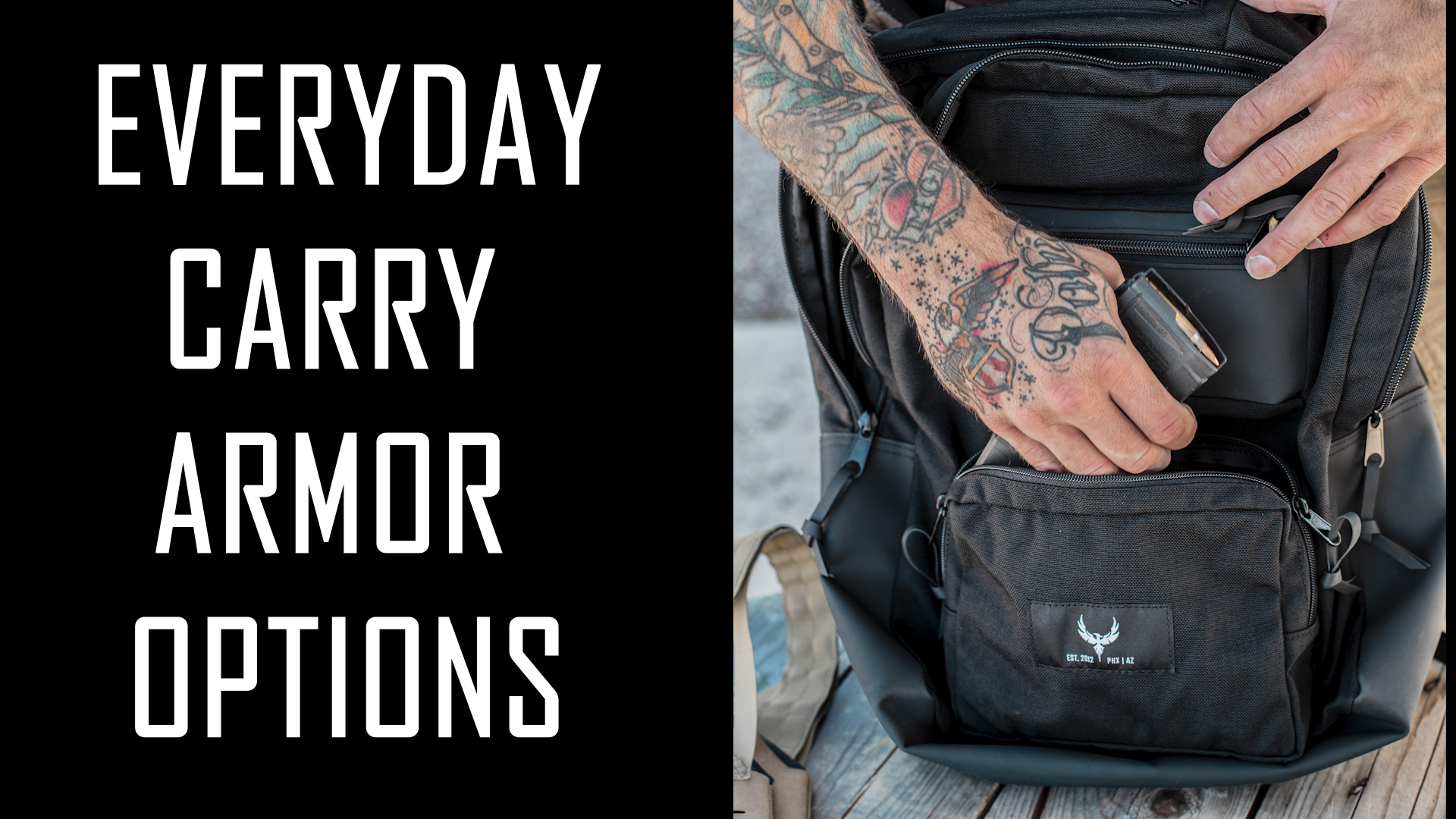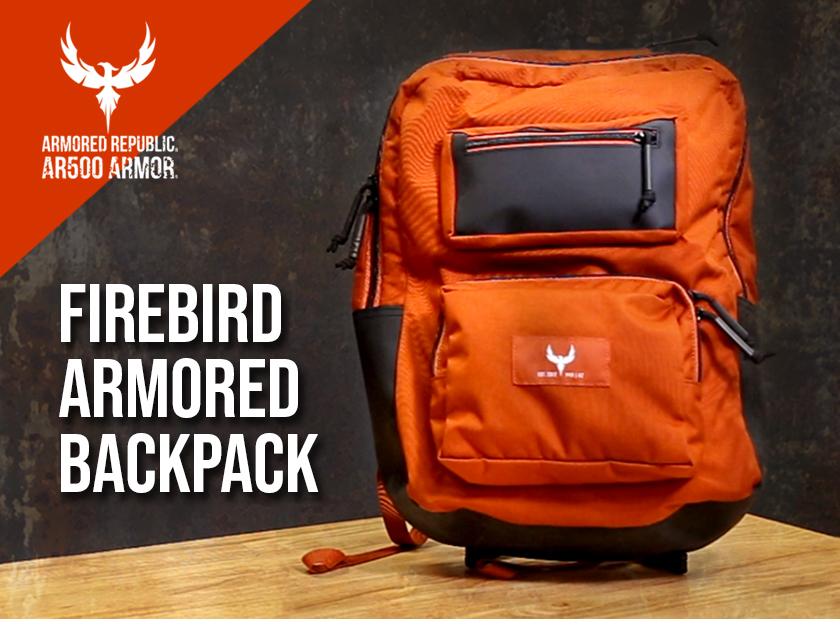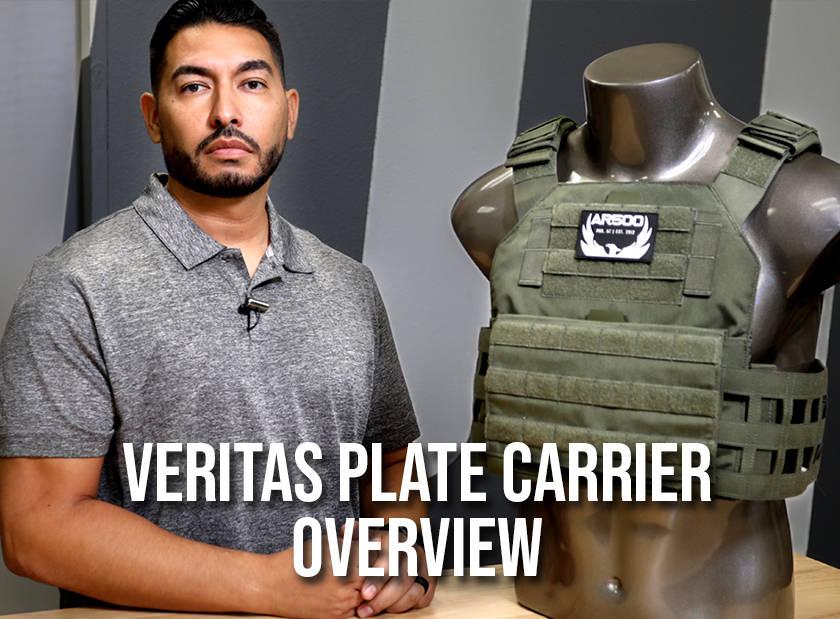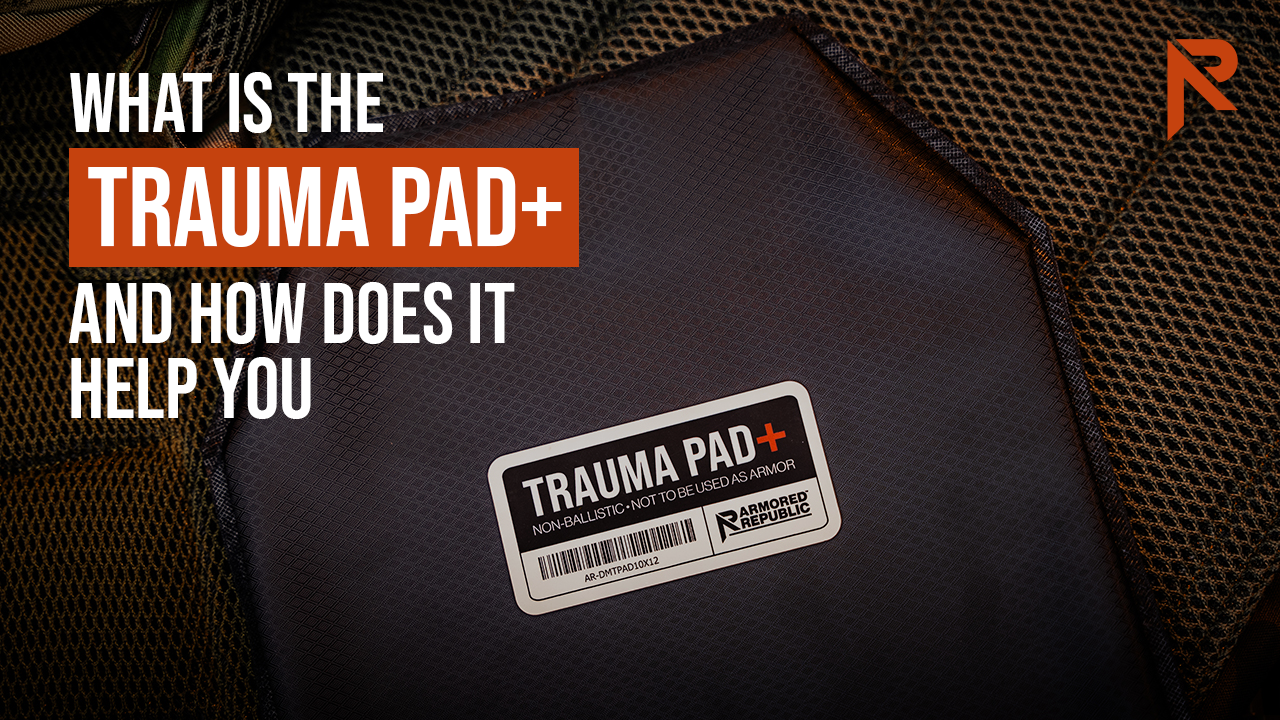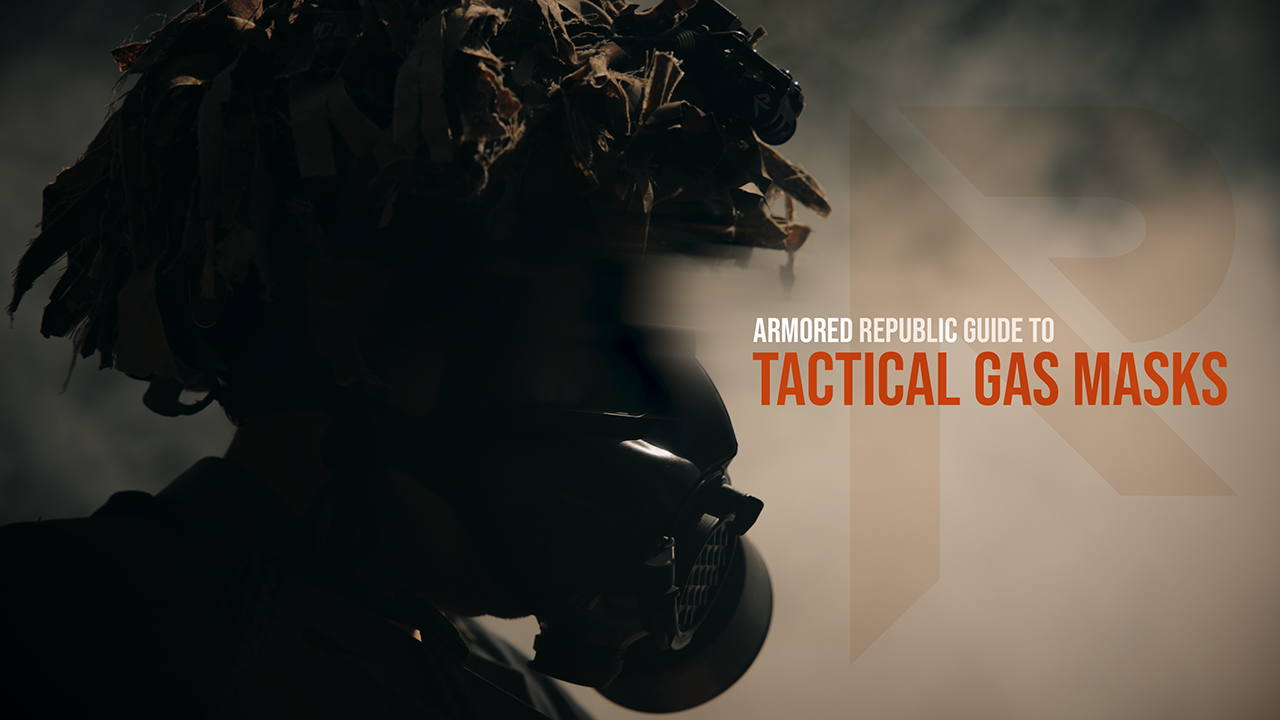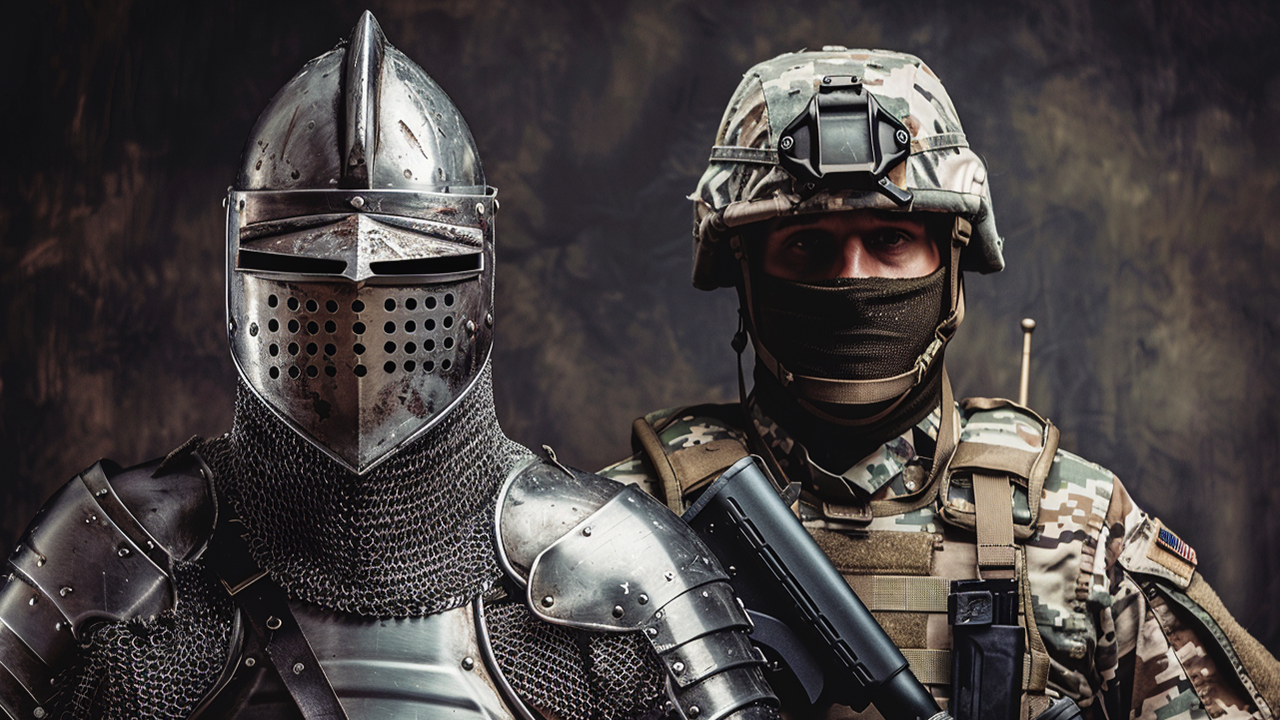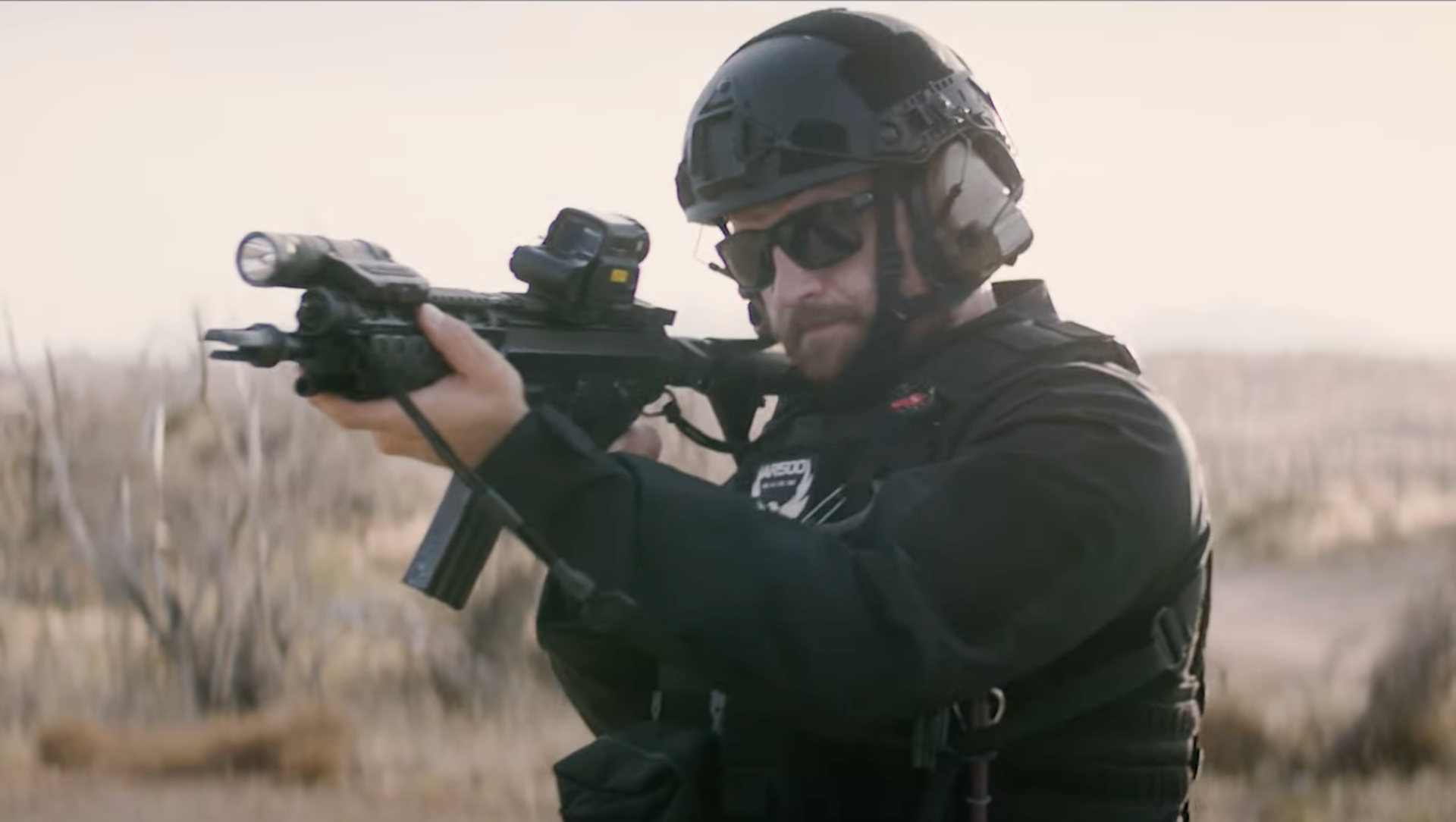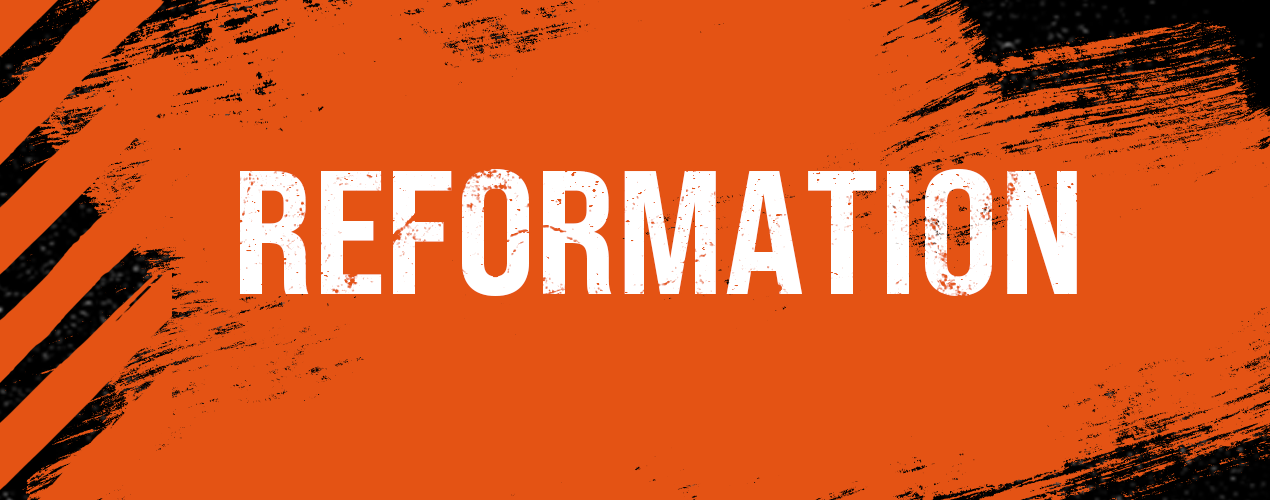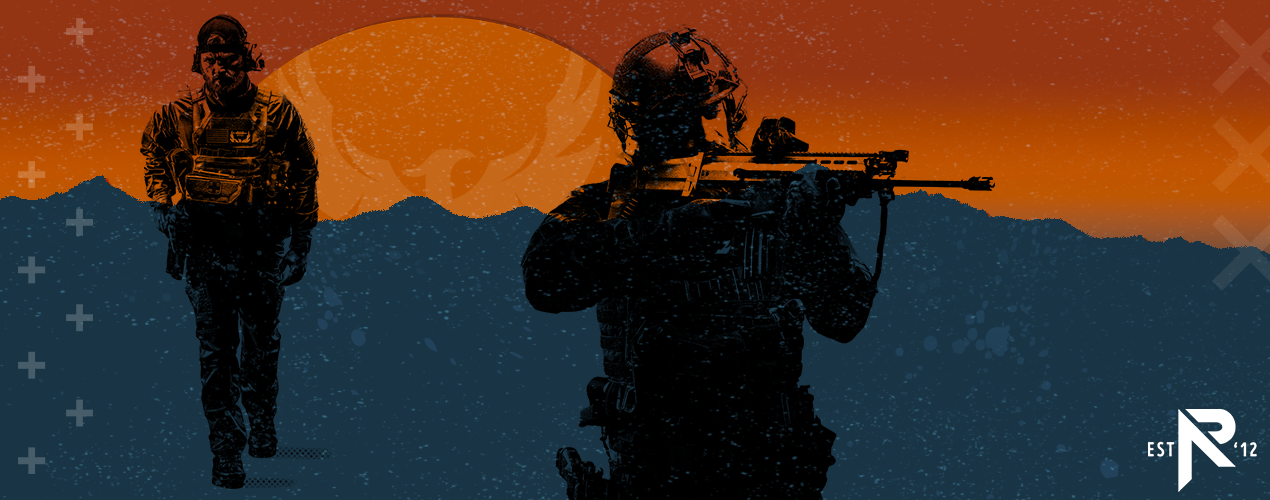Right Tools For the Right Job: What is Your Why?
- Sep 7, 2020
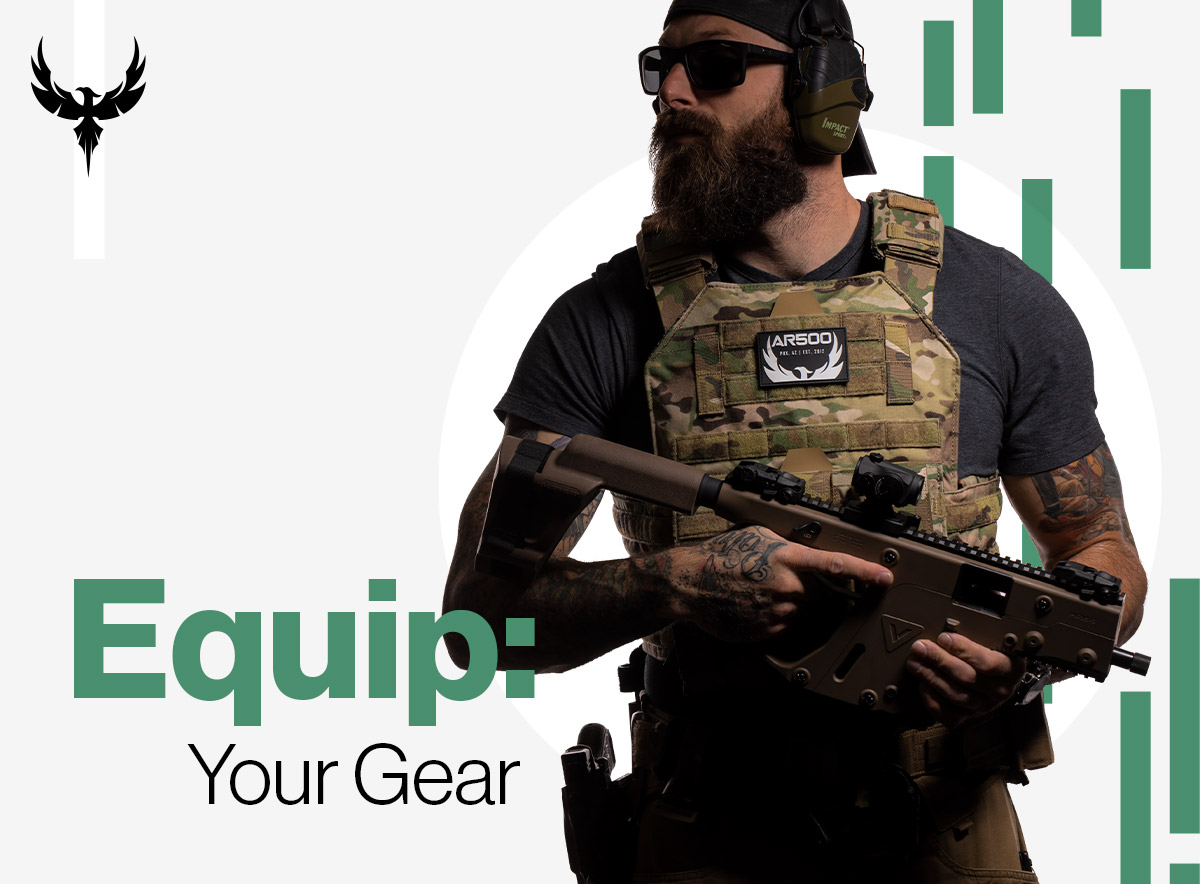
Note: This is the first in a six-part series of articles on preparing yourself via gear, training, and purpose. Today we kick off two weeks of articles on gear and accessories.
In the military, there’s a saying that “the mission dictates the gear.” In other words, use the tools appropriate to the job. Just as it would be impractical to use a Barrett .50 rifle for room-clearing, so would it also be impractical to use an M4 to take out the engine block of a truck.
A more mundane example would be using a riding lawn mower for a 200 square foot lawn or an old-school push mower if you’ve acres of lawn to cut.
You want the right tools for the right job.
The same goes when selecting protective gear such as body armor and armor carriers. Taking the time to determine your goals for your armor can save you both time and money by guiding you to purchase the equipment that best fits your needs, lowering the chance of getting too much or too little.
What is your ‘why’?
The first question you should think about is, ”Why do I need body armor?” The answer can be as simple as “for your job” to as complex as ‘prepping’.
- Does my job require armor? If it doesn’t require it, would I still be safer with it?
- What event am I prepping for?
- Something to keep in the car if you’re caught away from home during civil unrest, such as the recent riots in Minneapolis, Los Angeles, Seattle, Wisconsin, and elsewhere?
- Home invasion?
- TEOTWAWKI / WROL scenario (The End Of The World As We Know It / Without Rule of Law)?
While various armor solutions can play multiple roles, some items have a more specialized focus. Thus the above questions lead to addressing the role the armor will play in your anticipated use case:
- Do you need something quick to put on in a ‘bump of the night’ or ‘caught in the middle of a riot’ scenario?
- Do you need plates with positive buoyancy because you’ll be on or around water?
- Will you be on foot for hours or sitting in a vehicle most of the time?
Protection, weight/mobility, and price. Choose two.
At its most basic, the choice of armor is a trade off between protection, weight, and price. In some cases there is some flexibility in what will or won’t work, in other cases there may be requirements that must be met.
- For example, if you’re working security on or around boats, you’ll want a plate that won’t be an anchor if you go in the water. At the moment, that means you’ll want an Ultra High Molecular Weight Polyethylene (UHMWPE, aka PE) plate, because they’re lightweight and have positive buoyancy. The downside? They don’t protect against armor-piercing or improved penetration rounds, and they are usually more expensive than steel or ceramic plates.
- If you want armor to have with you while out and around town, a concealment rig, armored backpack or other soft armor is lighter, but it won’t stop rifle rounds. Also, depending on the materials used, soft armor could cost more than some hard armor plates.
- If being able to move quickly but still have rifle protection is your thing, then a focus on lightweight mobility should be a primary concern.
Think before you buy
We get it...having the latest and greatest gear is kind of cool, but if you’re buying gear that’s designed to save your life, a little planning and forethought can save you time, money, and aggravation.
- What do you need armor for?
- What does it need to protect you from? Handgun or rifle?
- After protection, what is your next consideration, weight or cost?
If you remember these three “What” questions, you’ll be far ahead of the person who purchases something because it’s popular or cheap.
The best time to start planning was yesterday. The second best time is now. Remember, it wasn’t raining when Noah started building his ark.
